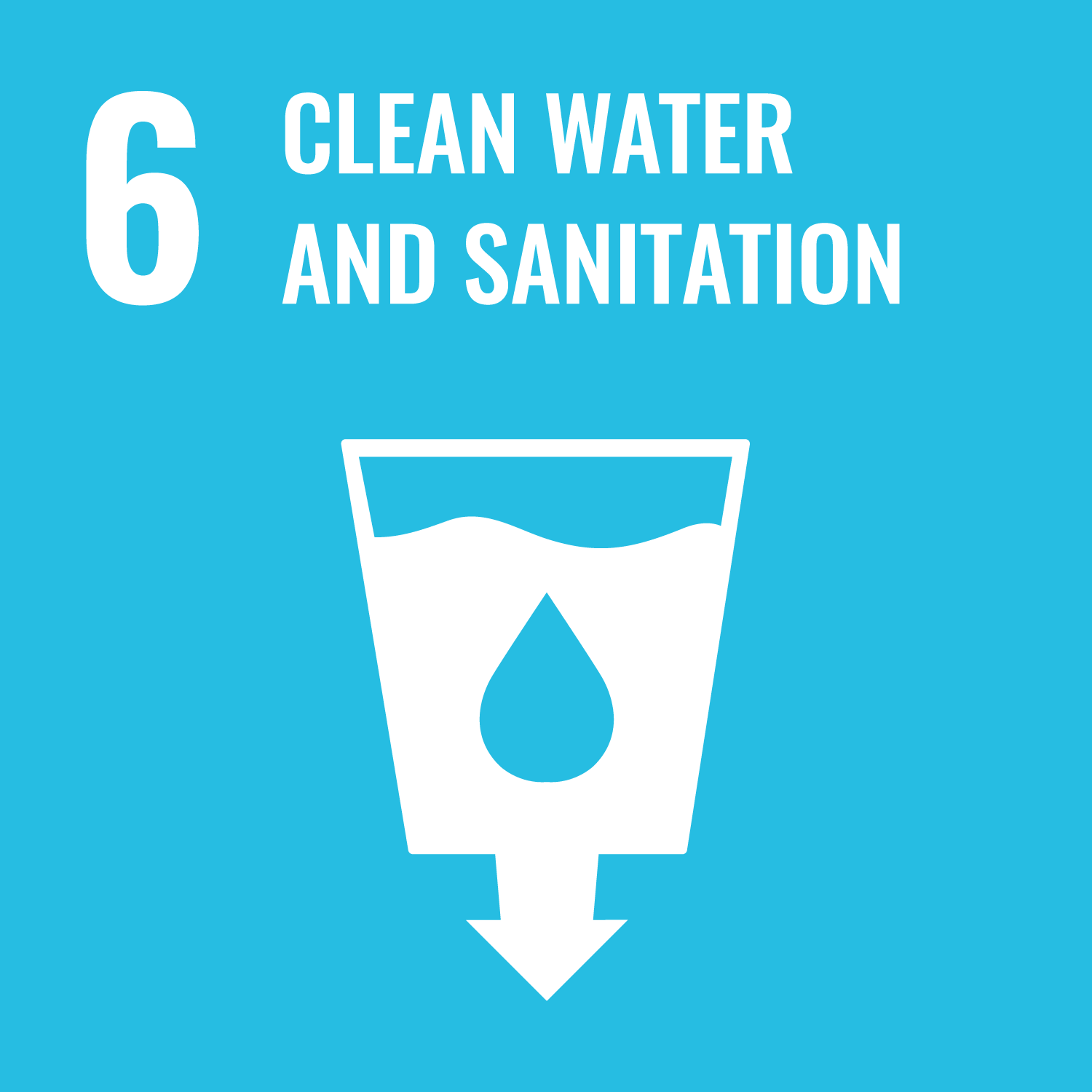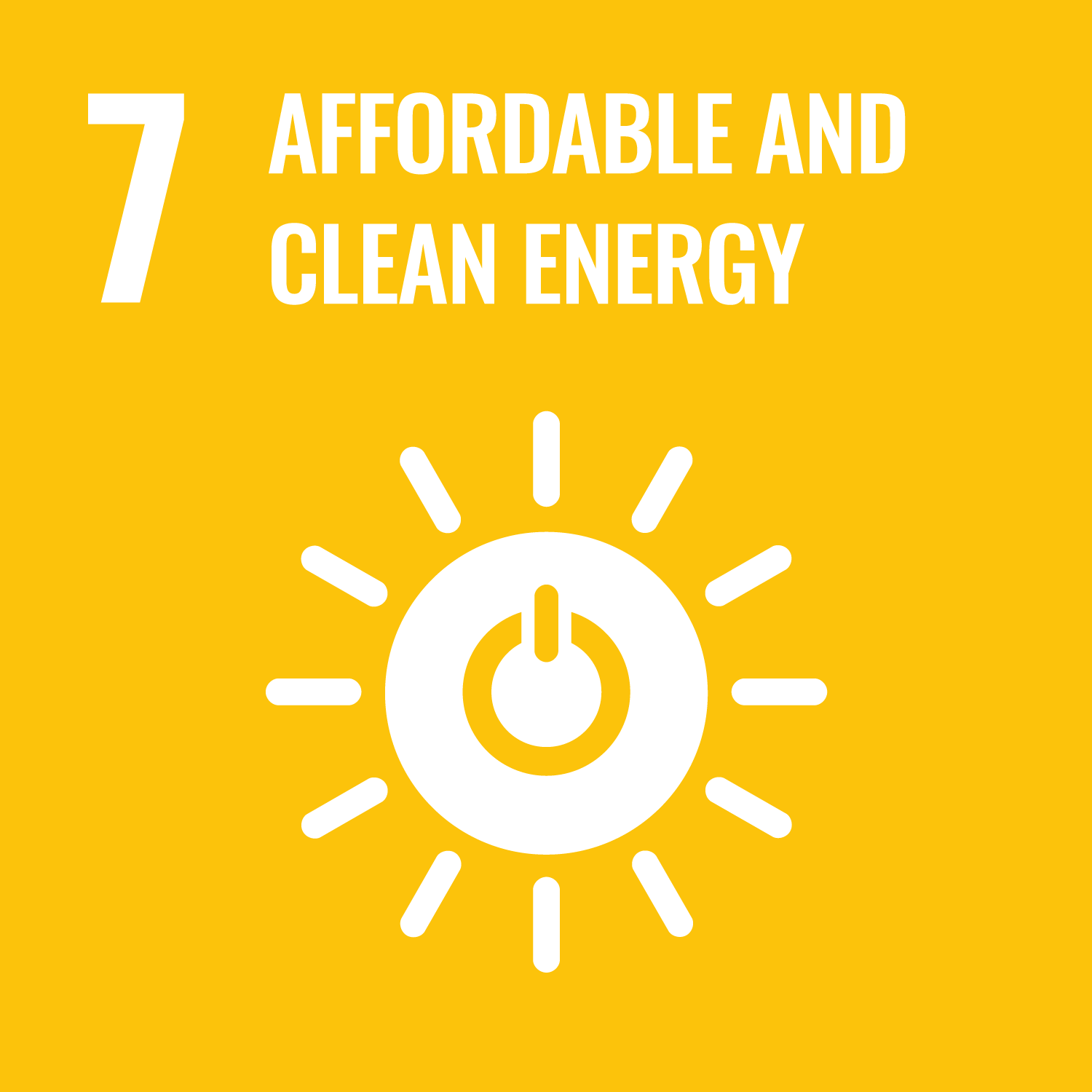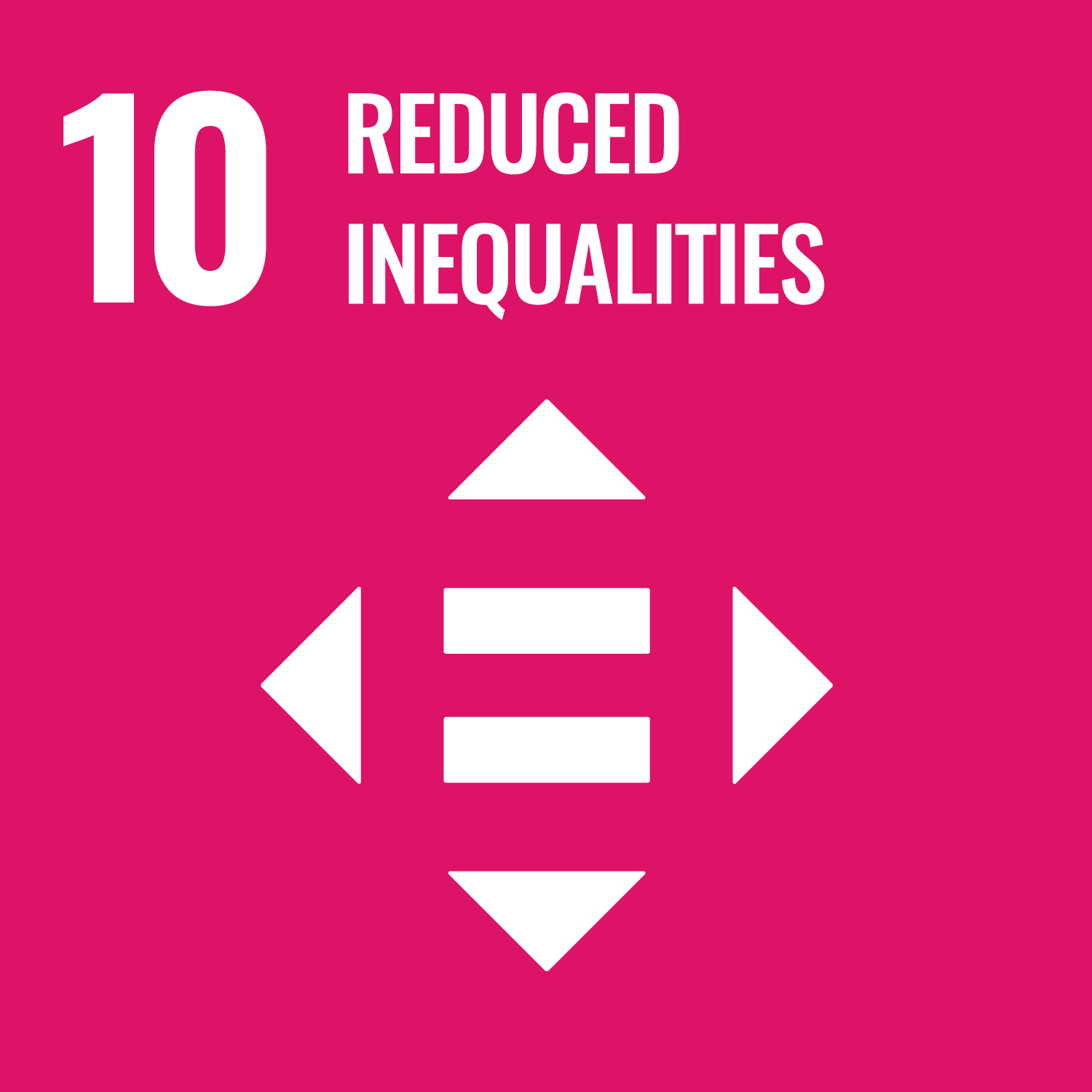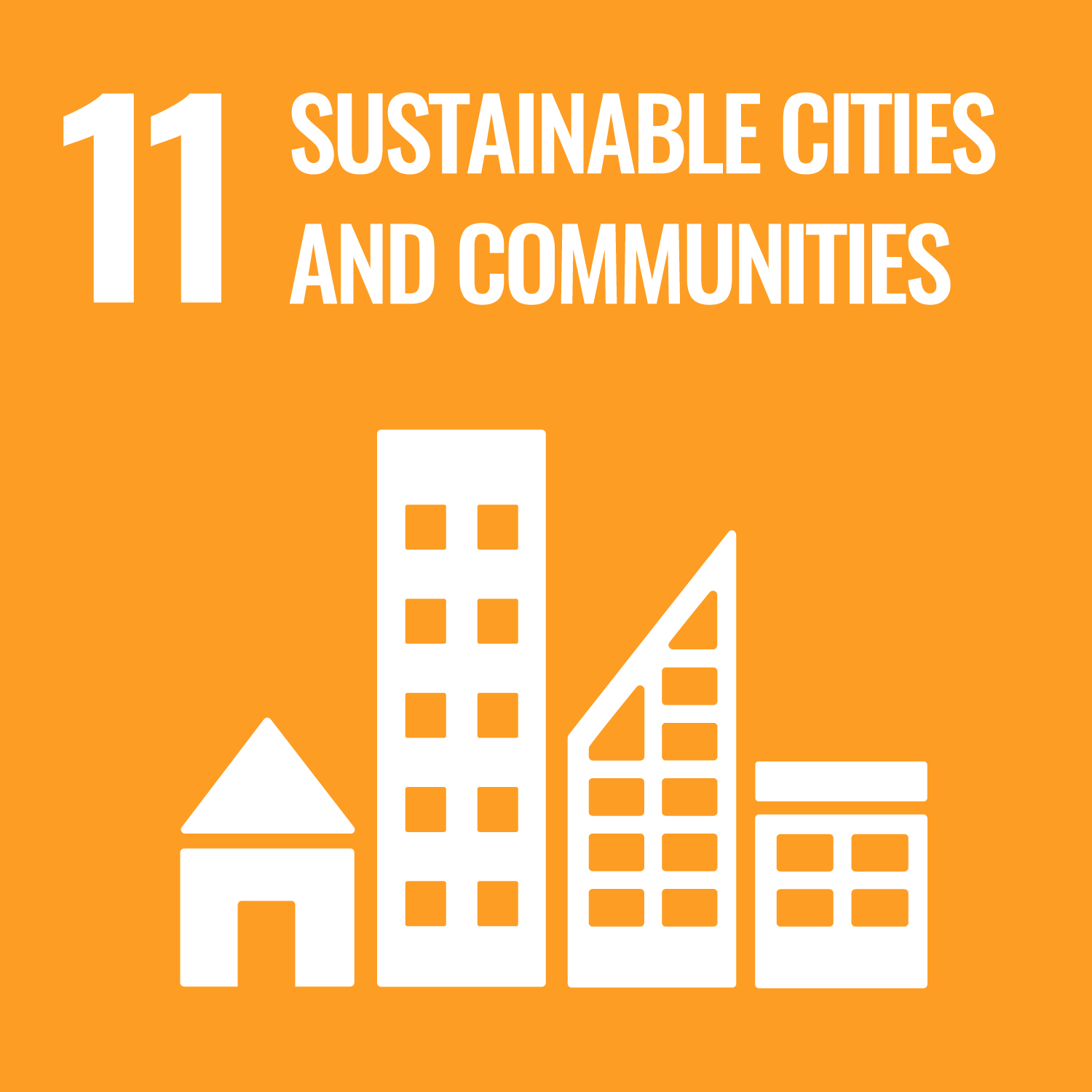In this exercise, students will learn to practice a wider range of design activities with respect to the issues presented,
drawing on the content of the classes they have taken so far. For the issues presented, students will clarify the relevant
factors, consider causal relationships, and devise concrete measures for solutions. In each process of the exercises, students
gain an understanding of human sensitivity and behavior in order to realize communication between objects and humans (user
interface), and then think about the total process from research, analysis, and planning to design, advertising, and sales
methods, and link this to proposals. Proposals are based on this understanding, and designs are proposed that are appropriate
to the needs of the user and the intended use of the product. Prototyping and evaluation are conducted in the process of study.
Logical and objective explanations are required for concepts and deliverables.
The purpose of this class is to acquire the basic viewpoints and behavioral skills as a design engineer by practically using
the knowledge related to interface and content design acquired in the second year so far. In addition, students will acquire
the ability to put into practice the methods and processes for interaction design.
- Able to identify problems and set issues from a variety of information
- Ability to design detailed and appropriate interaction designs
- Ability to visually represent and present in a way that is easy to understand and communicate (panels, prototypes, etc.)
| 中間発表 | 最終発表 | Total. | |
|---|---|---|---|
| 1. | 10% | 15% | 25% |
| 2. | 10% | 15% | 25% |
| 3. | 10% | 15% | 25% |
| 4. | 10% | 15% | 25% |
| Total. | 40% | 60% | - |
| Class schedule | HW assignments (Including preparation and review of the class.) | Amount of Time Required | |
|---|---|---|---|
| 1. | Orientation: Explanation of project procedures and assignments Presentation of the assignment and explanation of the process |
課題に対する調査 | 120minutes |
| 技術調査、ユーザー調査 | 120minutes | ||
| 2. | Survey of current situation (research, evaluation, analysis) Identification of user problems and needs from a sensory science perspective |
ユーザー調査、分析 | 120minutes |
| アイディアの検討 | 120minutes | ||
| 3. | Organize ideas and discuss direction | ユーザー調査、分析 | 120minutes |
| アイディアの検討、デザインコンセプトの整理 | 120minutes | ||
| 4. | Interim presentation: Presentation and critique of design concepts based on research | デザインコンセプトの振り返り | 120minutes |
| シミュレーション&プロトタイピング作成と評価 | 120minutes | ||
| 5. | Embodiment of design proposals and comments | シミュレーション&プロトタイピング作成と評価 | 120minutes |
| ビジュアル表現の検討 | 120minutes | ||
| 6. | Embodiment of design proposals and preparation of comments & presentations | シミュレーション&プロトタイピング作成と評価 | 120minutes |
| プレゼンテーション準備 | 120minutes | ||
| 7. | Presentation and evaluation of proposals | 最終課題の完成 | 120minutes |
| ポートフォリオ作成 | 120minutes | ||
| Total. | - | - | 1680minutes |
Mid-term presentation (including the submitted materials): 40%, Final presentation (including the submitted materials): 60%.
60 points or more will be considered as a passing grade.
| ways of feedback | specific contents about "Other" |
|---|---|
| Feedback in the class | 質問紙を配布して |
Materials are distributed or reference books are presented at each step.
- Course that cultivates an ability for utilizing knowledge
- Course that cultivates a basic interpersonal skills
- Course that cultivates a basic self-management skills
- Course that cultivates a basic problem-solving skills
| Work experience | Work experience and relevance to the course content if applicable |
|---|---|
| Applicable | Some experiences at design section of company. |








- 1.NO POVERTY
- 3.GOOD HEALTH AND WELL-BEING
- 6.CLEAN WATER AND SANITATION
- 7.AFFORDABLE AND CLEAN ENERGY
- 8.DECENT WORK AND ECONOMIC GROWTH
- 9.INDUSTRY, INNOVATION AND INFRASTRUCTURE
- 10.REDUCED INEQUALITIES
- 11.SUSTAINABLE CITIES AND COMMUNITIES
Last modified : Tue Sep 17 18:21:46 JST 2024
